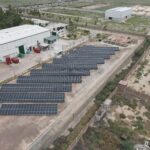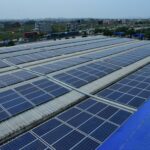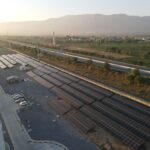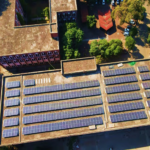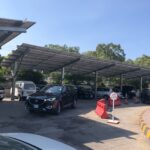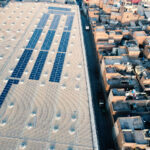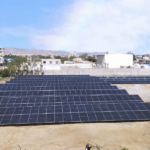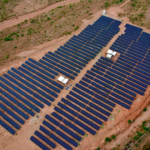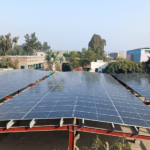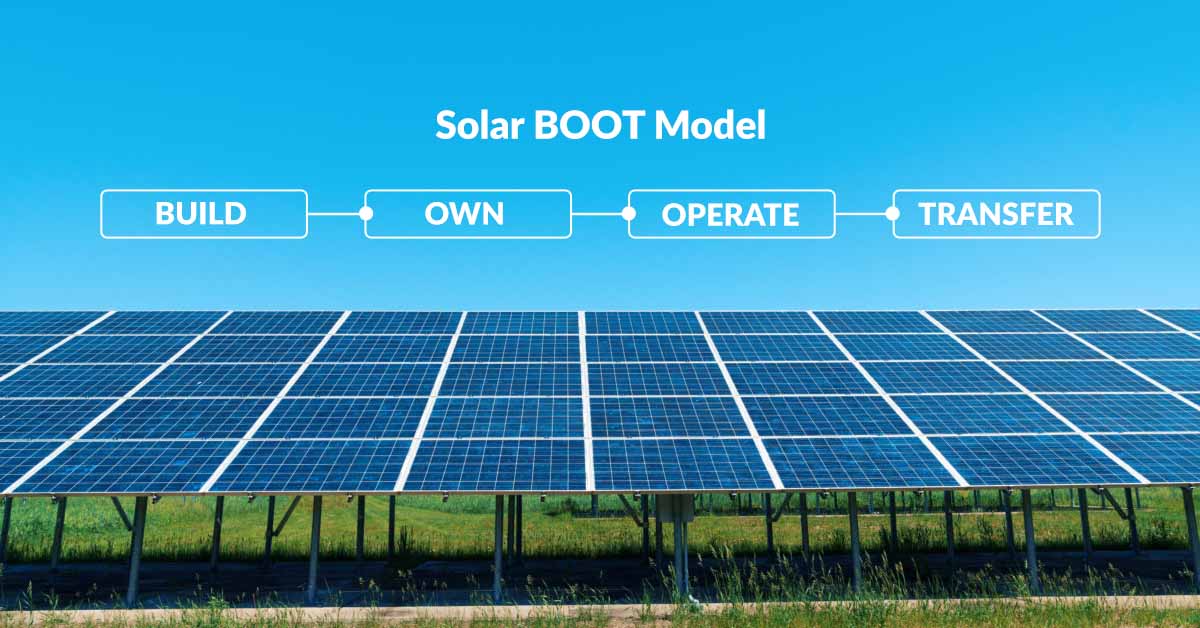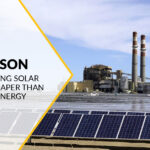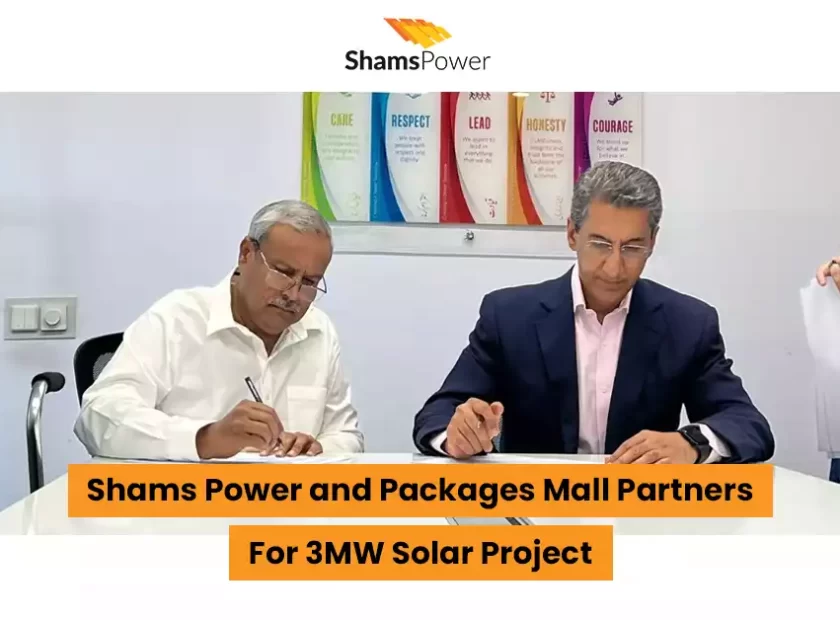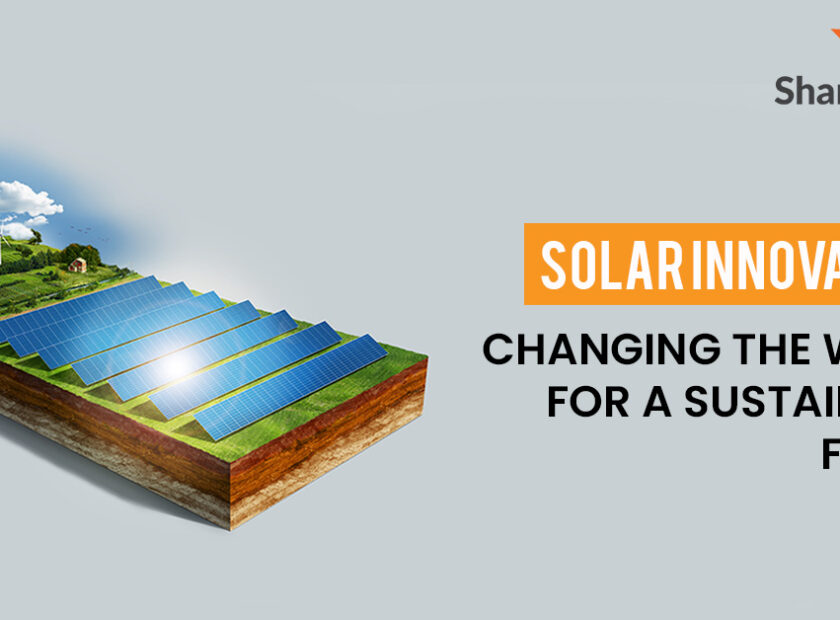What are PV panels?
Photovoltaic (PV) panels, more commonly referred to as solar panels, utilize the sun’s energy and turn it into electricity. This article will go through different types of PV panels and systems and their performance.
Solar PV System Types
Let’s first talk about the different solar energy systems before moving on to the various PV solar panel types.
There are three main kinds of solar PV systems:
- On-Grid Systems
- Off-Grid Systems
- Hybrid Systems
On-Grid Solar System
The On-Grid solar system is connected to the utility grid via a power inverter device which allows the solar system to function in parallel with the electric grid.
Off-Grid Solar System:
The Off-Grid solar system is not connected to the utility grid. These systems require a battery storage system in order to store the extra energy generated throughout the day to be used later when solar energy generation decreases or ceases.
Hybrid Solar System:
The Hybrid solar system is connected to the utility grid while also having a battery storage system in order to store the extra energy generated. Hybrid solar systems provide great coverage against both irregular solar energy production and unannounced power outages.
TYPES OF PV PANELS
PV solar panels come in a variety of technology types. Monocrystalline, polycrystalline, and thin film are some of these varieties.
Monocrystalline
It is recognized as mono because single-crystal silicon permits electrons to make electricity. The thickness of these wafers ranges between 200 and 400 μm. The cells are divided into a single silicon source resulting in monocrystalline modules that are the most effective of the several modules. Such modules have powerful output and an efficiency of about 20%. The benefits of such modules include taking up the least amount of space and long-lasting quality.
Polycrystalline
The word “polycrystalline” means “many,” which implies that a polycrystalline panel is constructed from several blended silicon bits. A polycrystalline solar panel is constructed from melted silicon wafers with thicknesses ranging from 200 to 400 μm. A polycrystalline module can be used for more than 25 years without failure. Polycrystalline modules are in high demand because they offer the highest performance.
Thin-film
Different types of materials are used to do thin-film modules. Instead of solid silicon wafers, they are made of non-crystalline silicon placed on top of glass, plastic, or metal. Thin Film modules are the best choice for fewer power tasks because they are inexpensive, lightweight, and portable. These sorts of PV panels are employed in commercial and industrial projects where space is limited.
Solar BOOT Model:
Now Customize the Solar Energy System as per your business requirements
The BOOT Model is a project delivery strategy in which Shams Power offers a Photovoltaic (PV) based electricity generating system by delivering end-to-end services in which we build, own, run, and transfer the solar power system under PPA.
This methodology eliminates all CAPEX, OPEX and system performance risks at the user’s end.
As we provide our clients with a full range of services, including Financing, Design, Procurement, Construction, Installation, Operations, and Maintenance of solar power plants. Our build-own-operate-transfer method, created specifically for large commercial and industrial sectors, enables significant savings on electricity bills while also achieving sustainability goals.
Conclusion
After discussing the various solar PV system types, we can now see why Solar Energy is a preferred renewable energy option. Solar panels may generate energy without needing any raw materials because irradiation from the sun is abundant. Solar photovoltaic panels can produce electricity anywhere there is sunlight. They are low maintenance, simple to install, and versatile. Hence, Solar Energy System on solar PPA is a wise investment for a better and cleaner future.[/vc_column_text][vc_column_text][/vc_column_text][/vc_column][/vc_row]



